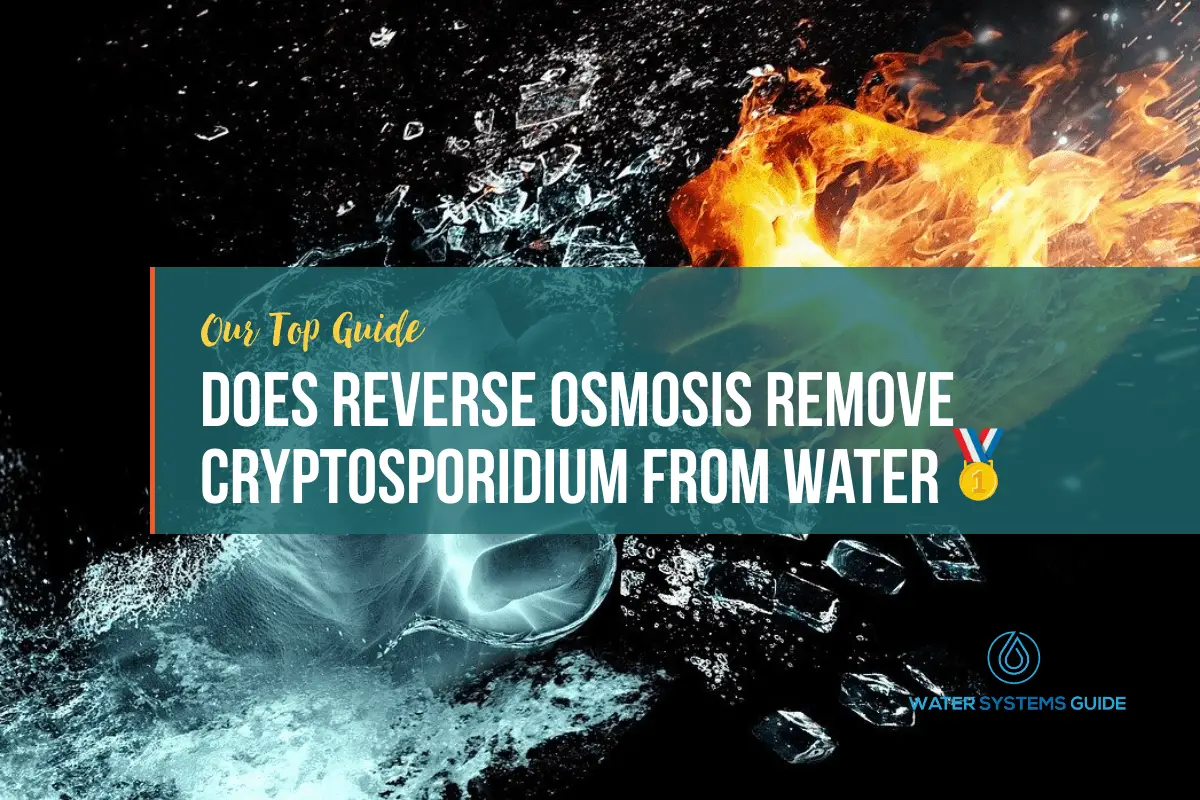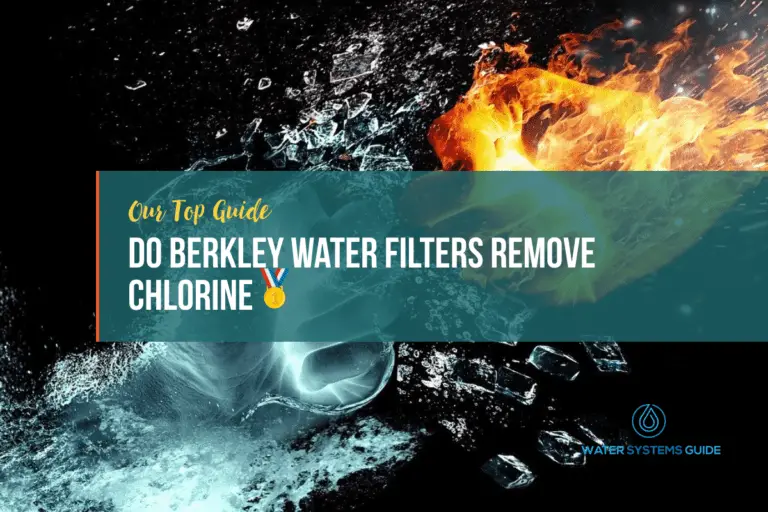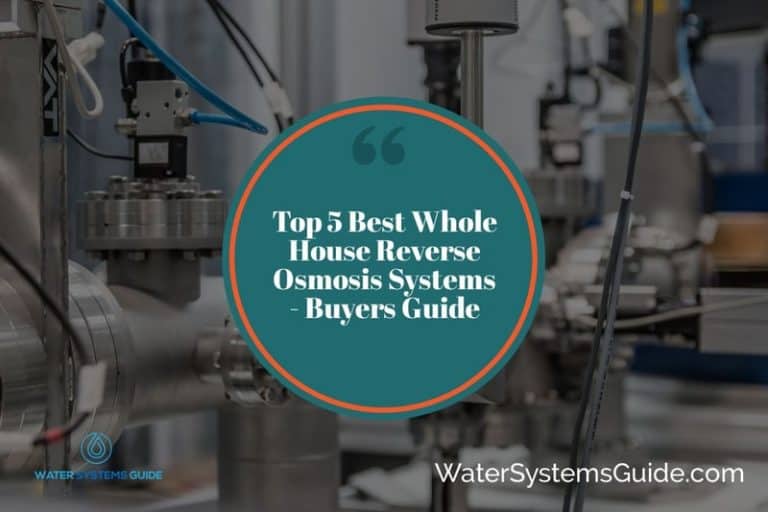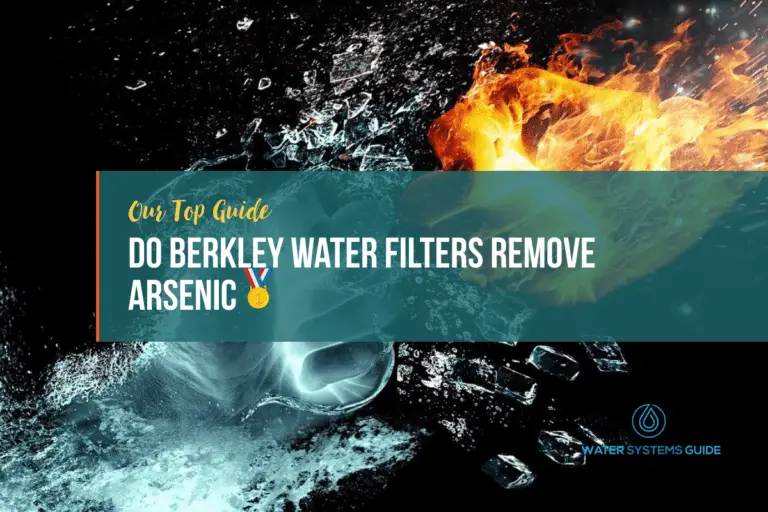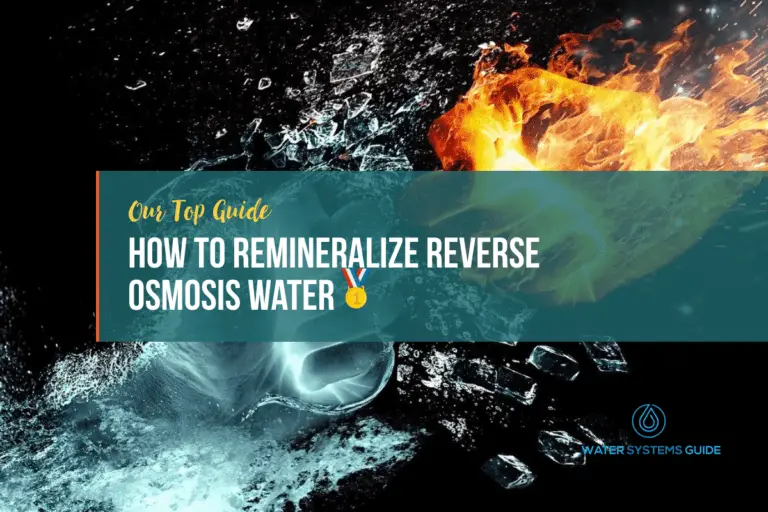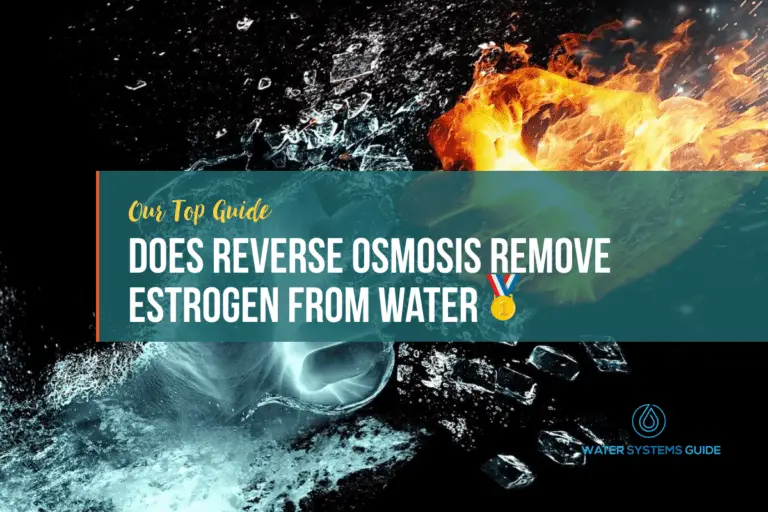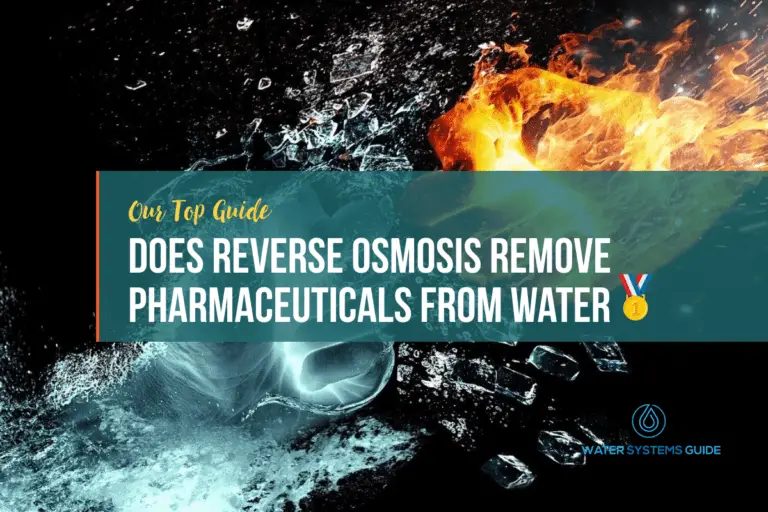Does Reverse Osmosis Remove Cryptosporidium From Drinking Water
In this article, we’re going to be discussing whether reverse osmosis is effective at removing cryptosporidium from water.
What Exactly Is Cryptosporidium
Cryptosporidium is a microscopic parasite that can cause severe diarrhea in humans. The parasite is found in soil, water, and feces. It is spread through contact with contaminated food or water.
Symptoms of cryptosporidiosis include watery diarrhea, abdominal cramps, nausea, and vomiting. The disease can be serious in young children and people with weakened immune systems.
People can become infected by drinking contaminated water, swimming in contaminated water, or coming into contact with contaminated soil. Once the parasite enters the body, it travels to the intestine and begins to reproduce. The resulting diarrhea can be very severe and can lead to dehydration and even death.
There is no specific treatment for cryptosporidium, but the symptoms can be treated with fluids and rest.
How Does Cryptosporidium Get Into Our Water Supplies?
There are several ways that this parasite can get into our water supplies. One way is through contaminated drinking water. cryptosporidium can also enter the water supply through sewage or stormwater runoff.
Additionally, it can be in the feces of infected animals, and can contaminate water supplies if proper sanitation and treatment procedures are not followed.
In the United States, cryptosporidium outbreaks have been linked to contaminated drinking water, swimming pools, and contact with infected farm animals.
The best way to prevent cryptosporidium infection is to practice good hygiene and avoid drinking water from contaminated sources.
Does RO Remove Cryptosporidium from Drinking Water?
Yes, RO systems can remove cryptosporidium from drinking water. In order to do so, the water must first be filtered to remove any large particles. Once the water has been filtered, it can then be passed through an RO system. The RO system will remove any remaining cryptosporidium from the water, making it safe to drink.
However, the effectiveness of RO (reverse osmosis) in removing cryptosporidium from drinking water can vary depending on a number of factors, including the specific type of RO system being used and the quality of the water being treated.
With that being said, in general, RO systems are effective at removing cryptosporidium from water, making it safe to drink.
How to test your water supply for Cryptosporidium
To test your water supply for Cryptosporidium, you will need to collect a water sample and submit it to a certified laboratory. The laboratory will perform an analysis to determine the presence of Cryptosporidium in the water.
Alternatively, there may be kits that you can buy to test it yourself, but these will be less accurate.
The final way to do this is to simply hire a professional, who will take care of the entire process, as well as advise you about whether water treatment is necessary.
What else does reverse osmosis remove from water?
Alternative Methods Of Removing Cryptosporidium From Water
There are a number of alternative methods that can be used to remove cryptosporidium from water, besides RO. These include:
One alternative method for removing cryptosporidium from water is using a UV filter. This will kill any cryptosporidium present in the water, making it safe to drink.
Another option is to boil the water, which will also kill the parasite. However, boiling for at least 1 minute is necessary to ensure that all the cryptosporidium are killed.
Finally, a water filter that is designed to remove cryptosporidium can also be effective, the CDC has specified the following filter specifications to remove crypto from a water source: “NSF 53” or “NSF 58.” with an “absolute pore size of 1 micron or smaller”.

